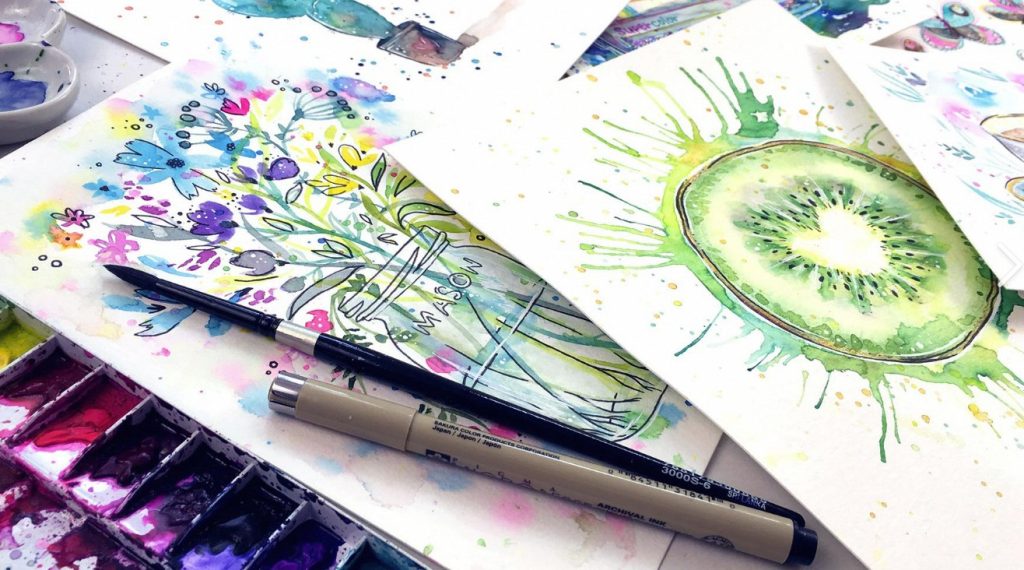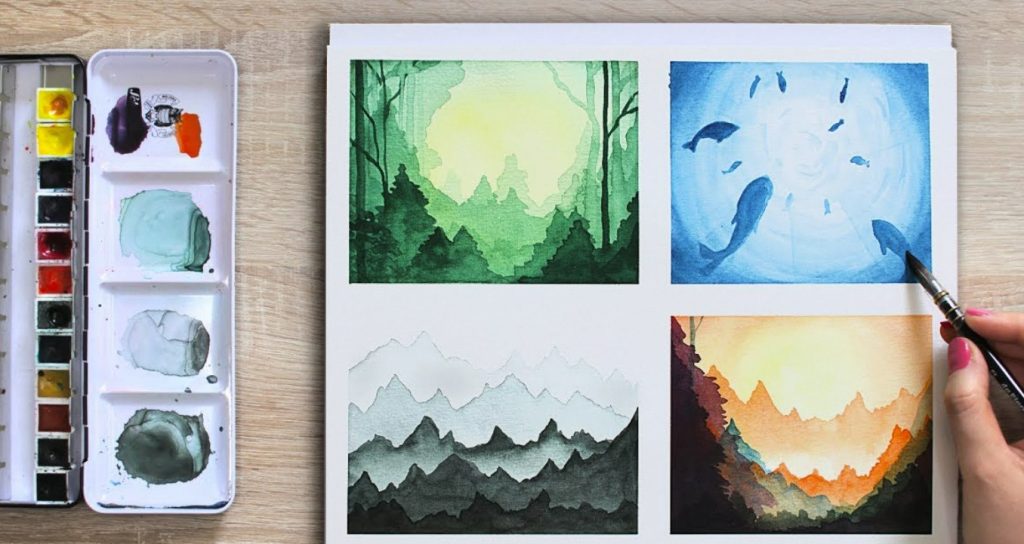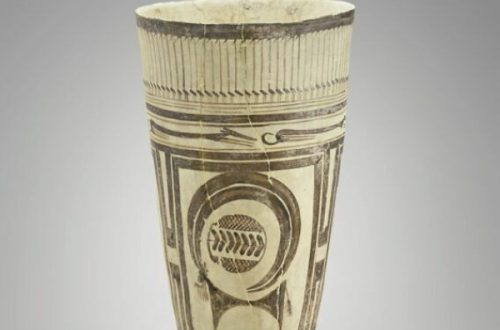Watercolor paints, with their vibrant transparency and ability to create ethereal washes, have captivated artists for centuries. However, the prospect of wielding brushes and water can seem daunting to beginners. Fear not! This guide explores a variety of easy watercolor painting ideas, perfect for jumpstarting your artistic journey.

Part 1: A Splash of Color – Essential Supplies for Watercolor Fun
Basic Watercolor Set:
When delving into watercolor painting, it’s beneficial to begin with a limited palette consisting of primary colors – red, yellow, blue – and black. This approach allows artists to experiment with color mixing and gain a deep understanding of how these primary colors interact to produce a vast array of secondary and tertiary hues. By mastering color mixing with a limited palette, artists can develop a strong foundation in color theory and expand their understanding of the complexities of color relationships. Additionally, when exploring watercolor painting, it’s recommended to start with student-grade watercolor paints. These paints strike a good balance between quality and affordability, making them an ideal choice for beginners and those looking to refine their skills. Student-grade paints offer decent pigment load and lightfastness, providing artists with the essential properties needed to begin their watercolor journey without breaking the bank.
Watercolor Paper:
Choose heavyweight, 100% cotton paper specifically designed for watercolors. This paper absorbs water effectively without warping or buckling. Cold-pressed paper provides a slight texture, while hot-pressed paper is smoother, offering different effects for your paintings.
Round Brushes:
A couple of round brushes in different sizes (size 8 and size 12) are a great starting point. These versatile brushes are suitable for creating washes, details, and lines. Invest in good quality brushes with synthetic fibers, as they are easier to maintain and retain their shape well.

Part 2: Simple and Serene – Ideas for Beginners to Explore
Color Gradients:
This is a fantastic way to explore color mixing and brush control. Wet your paper slightly, then use your brush to load different colors along one edge. Gently tilt the paper to allow the colors to blend and create a smooth gradient. Practice with different color combinations to see how they interact.
Loose Florals:
Watercolors are perfect for capturing the delicate beauty of flowers. Start with simple shapes – circles and ovals – for petals and use washes of color to create a loose and expressive floral arrangement. Don’t worry about perfect details; focus on capturing the essence of the flower’s form and color.
Geometric Shapes:
Embrace the abstract with geometric shapes! Use a ruler and light pencil lines to create basic shapes like squares, triangles, or circles. Experiment with different color combinations and washes to fill the shapes in. You can even layer different colors for added depth and visual interest.
Part 3: Branching Out – Ideas with a Touch of Detail

Striped Landscapes:
Create a vibrant landscape with simple stripes. Wet your paper entirely and use horizontal brushstrokes with different colors to create a layered effect. You can add details like mountains or a tree silhouette with a fine brush once the base layer dries.
Watercolor Lettering:
Combine lettering with watercolor washes for a beautiful effect. Practice writing simple words or phrases on a separate piece of paper first. Then, lightly sketch the lettering onto your watercolor paper and use washes of color to fill the letters in.
Wet-on-Wet Galaxies:
Explore the magic of wet-on-wet techniques with a cosmic theme. Wet your paper completely and drop in different blues, purples, and pinks to create a base for your galaxy. Gently tilt the paper and use a cotton swab to lift some paint and create a starry effect. Experiment with splatters and drips for added texture.
Part 4: Beyond the Basics – Techniques to Elevate Your Art

Salt Effects:
Add a touch of whimsy with salt! After applying a watercolor wash, sprinkle some table salt onto the wet area. As the water dries, the salt crystals will draw out some pigment, creating a unique speckled texture. Brush off the salt once the paint is dry to reveal the effect.
Masking Fluid Magic:
Masking fluid allows you to preserve specific areas of your paper white while painting around them. Use masking fluid to create crisp shapes or patterns and then paint freely without worrying about bleeding colors. Peel off the masking fluid once the paint is dry for a clean, defined effect.
Negative Painting:
This technique encourages you to see the shapes between objects. Instead of painting the object itself, focus on filling in the surrounding negative space with washes of color. Leave the area where your object should be untouched, and the negative space will define its form once dry.
Part 5: Embrace the Process – Tips and Inspiration for Your Journey
Practice Makes Progress:
Don’t be afraid to experiment and make mistakes! The beauty of watercolors lies in their unpredictable nature. Embrace happy accidents and use them to your creative advantage. The more you practice, the more comfortable and confident you will become.

Find Inspiration:
Look at watercolor paintings online or in art books. Observe how artists use color, light, and texture. Don’t be afraid to borrow ideas or techniques that resonate with you. Many watercolor artists share tutorials and demonstrations online, offering valuable insights into their creative process.
Embrace Imperfections:
Watercolors are known for their looseness and flow. Don’t strive for absolute control or photorealistic perfection. The beauty of watercolors lies in their ability to capture a sense of mood and atmosphere. Learn to appreciate the unique effects and textures that watercolors create.
Keep it Simple:
As a beginner, it’s tempting to get overwhelmed with complex techniques. Start with simple compositions and focus on mastering basic skills like washes, color mixing, and brush control. As you gain confidence, you can gradually add more complexity to your paintings.
The Joy of the Journey:
Watercolor painting is a journey of exploration and discovery. Enjoy the process of learning new techniques, experimenting with colors, and watching your artistic vision come to life on paper. Don’t get discouraged by setbacks; celebrate your progress and embrace the creative freedom that watercolors offer.
By starting with these easy watercolor painting ideas and cultivating a love of the process, you’ll be well on your way to becoming a confident and expressive watercolor artist. Remember, there are no mistakes in art, only happy accidents and opportunities to learn and grow. So, grab your brushes, unleash your creativity, and have fun exploring the wonderful world of watercolors!


